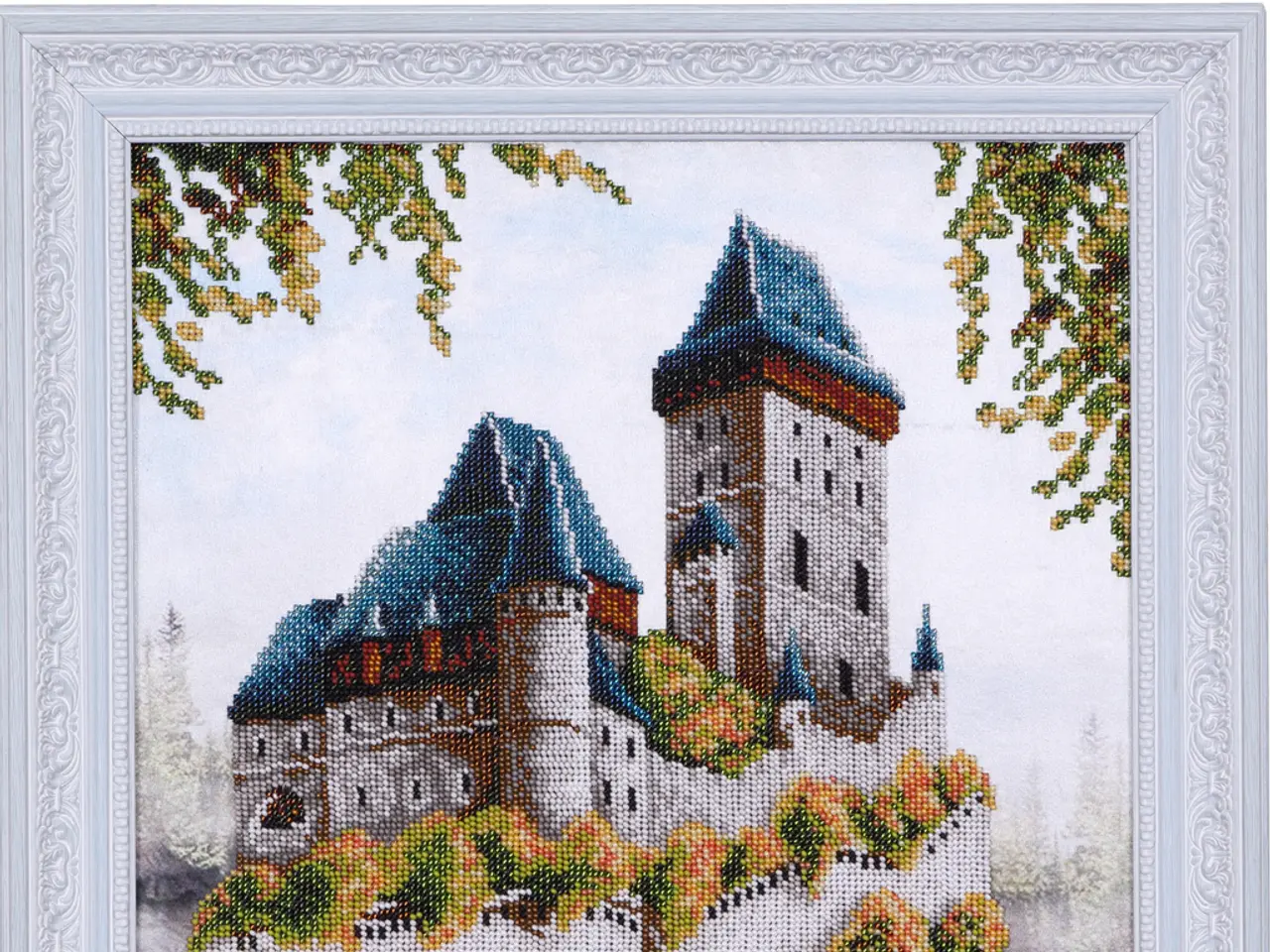Different Tile Classifications to Consider During Bathroom Makeover Planning
When it comes to renovating or decorating a bathroom, the choice of tiles can significantly impact the overall look and feel of the space. Here are the top 10 types of bathroom tiles and their key characteristics to help you make an informed decision.
1. Ceramic Tiles
Made from clay and kiln-fired, ceramic tiles are a popular choice for shower walls due to their easy cleaning and affordability. Although less slip-resistant when glazed, they are ideal for walls or small floor tiles like penny rounds for traction. Ceramic tiles offer a classic look with options ranging from plain subway tiles to artisanal hand-painted styles.
2. Porcelain Tiles
Porcelain tiles, a subset of ceramic, are made from refined clay baked at higher temperatures, making them denser, harder, and less porous. Known for their strength, waterproof nature, stain, and scratch resistance, porcelain tiles are ideal for both floors and walls. They can mimic natural stone, wood, or concrete at lower cost with large-format sizes available. Porcelain tiles require professional installation for large slabs but offer low maintenance and excellent durability.
3. Marble Tiles
Marble tiles add a touch of luxury with their striking colours and natural veining. However, they are porous and prone to staining and etching, requiring sealing and care. Best suited for walls or low-traffic floors in bathrooms aiming for an elegant look.
4. Limestone Tiles
Limestone tiles provide a natural, calming aesthetic but are less durable than porcelain or ceramic. They have softer textures and warm, neutral tones, making them perfect for spa bathroom ideas. However, they are porous and sensitive to acidic cleaners, requiring sealing.
5. Encaustic Cement Tiles
Handmade tiles with colorful patterns created by colored cement pigments, encaustic cement tiles are suited for adding artistic, vintage, or boho flair to bathroom floors or walls. They are porous and need sealing to resist moisture and stains.
6. Zellige Tiles
Zellige tiles are traditional Moroccan hand-cut glazed terracotta tiles, often with irregular shapes and a glossy finish. They create textural, artisanal wall or backsplash appearances but are less used for flooring due to their irregular surface.
7. Terracotta Tiles
Terracotta tiles add an earthy, natural charm with their warm, rustic look. However, they are porous and require sealing to withstand moisture in bathrooms. They are best suited for floors in dry areas or with proper sealing.
8. Terrazzo Tiles
Terrazzo tiles are composite materials made from chips of marble, quartz, or glass set in cement or resin. They are durable, stain-resistant, and highly customizable in colour and texture. Perfect for bathroom floors and walls for a dynamic and contemporary design.
9. Reclaimed Tiles
Reclaimed tiles are repurposed vintage or salvaged tiles, often with unique patterns or historic character. They are an eco-friendly option adding personality but vary widely in durability and maintenance needs. Used for both floors and walls to create one-of-a-kind bathroom features.
10. Glass Tiles
Made from glass, glass tiles offer a reflective, shimmery surface that brightens spaces. They are available in many colours and finishes, highly resistant to stains and water. Best suited for walls, backsplashes, or decorative accents rather than floors due to their slipperiness.
These tile types cover a range of materials from natural stone to man-made composites and clays, each offering distinct aesthetics, durability, maintenance levels, and suitability for different bathroom zones (walls, floors, showers). Porcelain and ceramic dominate for practical durability and ease of maintenance, while natural stones like marble and limestone provide luxury but require care. Artistic or artisan tiles like encaustic cement and zellige bring texture and colour, while glass tiles add brightness and modernity.
When selecting tiles, consider texture, colour, scale, and format. If you fall in love with a tile but it's pricey, think about where you could use it in a small area - like behind a basin, inside a shower recess, or as a framed feature panel.
For more inspiration, consider the different tile shapes you can incorporate into your next bathroom renovation project. Ensure that the tiles you choose for your bathroom are waterproof and suitable for shower rooms, splashbacks, or cladding a bath.
- When deciding on bathroom tiles, texture plays a vital role in creating the desired aesthetic, ranging from the smooth surface of ceramic tiles to the natural, warm texture of terracotta.
- The trend toward modern interior design can be reflected in the sleek, contemporary look of terrazzo tiles, while rustic bathrooms might benefit from the earthy charm of reclaimed tiles.
- In a kitchen or bathroom renovation, tiles are not just functional flooring or wall coverings; they are also an essential element of decor, contributing to the overall color scheme and lifestyle aesthetic, such as food-and-drink-inspired, bohemian, or art deco.
- With various tile types available, such as encaustic cement and zellige, it is possible to bring artistic flair and personal touches to the bathroom, tying it into the broader trend of fashion-and-beauty-inspired home designs.
- Despite their stylish appearance, glass tiles, which reflect light and add brightness to spaces, may not be the most practical choice for bathroom floors due to their slipperiness.
- When considering the choice of tiles for different bathroom zones, porcelain and ceramic remain popular choices due to their strength, waterproof nature, and ease of cleaning, making them ideal for both walls and floors.
- By selecting the right tiles based on texture, color, and durability, homeowners can transform their bathrooms into personal sanctuaries that reflect their taste, lifestyle, and commitment to the art and beauty of interior design and home-and-garden living.




